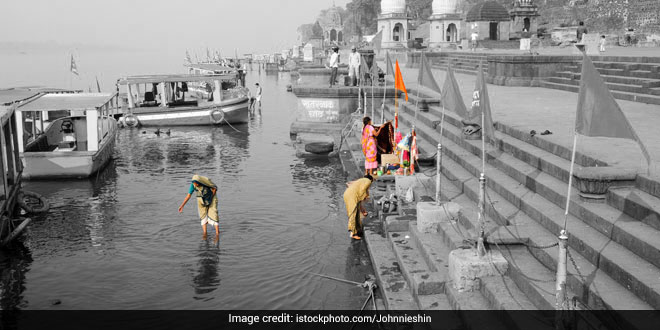The Ministry of Drinking Water and Sanitation as part of the Swachh Bharat campaign had last year nominated 10 iconic places across the country, Taj Mahal...

Despite generating nearly 90 tonnes of waste per day, the famous Tirupati temple recycles majority of its waste through composting. It has also been awarded with...

The first year of the Swachh Bharat Abhiyan saw the unveiling of a nationwide sanitation plan, invitations to states and private organisations for financial participation and...

The Nirmal Bharat Abhiyan was the first campaign to converge toilet construction with other government programmes like MGNREGA, as well as identify some above poverty level...

The Total Sanitation Campaign was a larger programme, with increased subsidies for toilet construction and focus on information and communication to bring in behavioural change among...

The Central Rural Sanitation Programme was the first nationwide sanitation programme launched to address rural sanitation problems and had a comprehensive plan of bettering the sanitation...

The decade of 1980s can be called the first real game changer for sanitation in India as the government took concrete steps to address toilet construction...

Nearly 30 years after independence, sanitation once again become a priority for the administration and was identified as a minimum human need, ensuring government focus and...

Despite independent India’s economic struggles, the Five Year Plans of the 1950s focused on sanitation and allocated decent amounts for improvement of sanitation, though the policies...

70 years of independence later, one of India's mighty rivers, the Narmada, remains under severe threat from pollution and indiscriminate disposal of untreated waste into the...

Much of India’s sanitation problems today can be traced back to the country’s colonial past, as the practice of administrative apathy continued for decades, even after...

Six students studying in class 12 are on a mission to make Powai plastic free by replacing plastic bags with paper bags